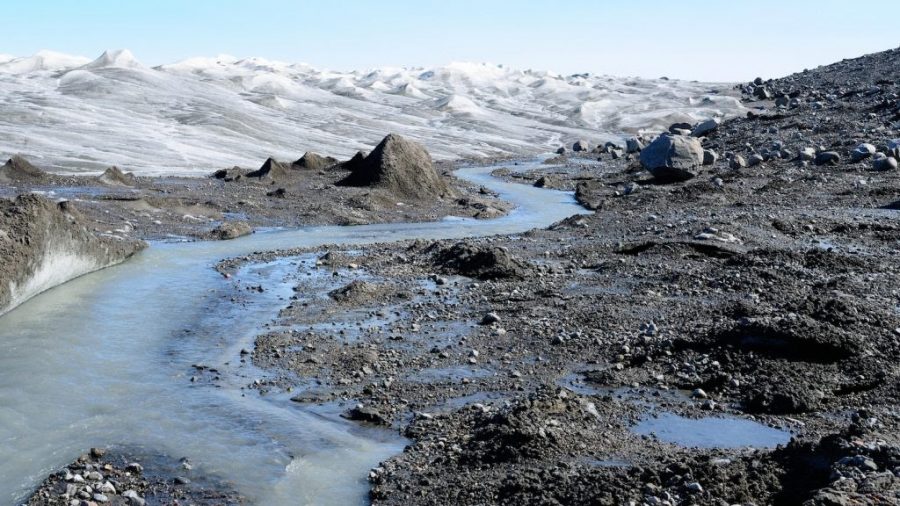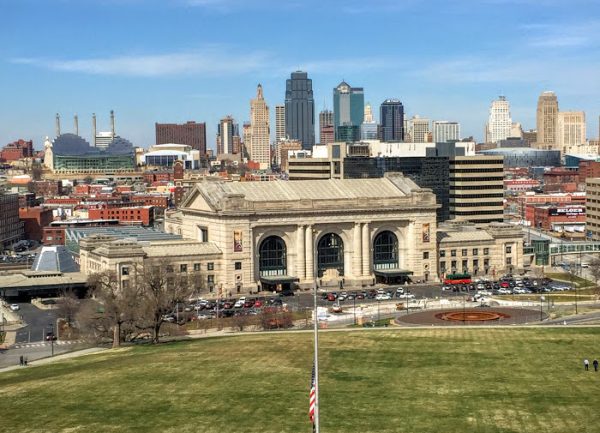Is Greenland becoming more green than ice?
Ice sheets from all over the world are melting as a result of rising global temperatures.
According to NASA’s climate webpage, Greenland lost 532 billion tons of ice in 2019. This was the most lost since 2012, when Greenland lost 464 billion tons. In 2019 we also saw less snowfall compared to 2017 and 2018. Snowfall allows ice sheets to maintain ice, and prevents the sheets from losing massive amounts of ice in the hotter months.
Greenland is the biggest contributor to rising sea levels because of the large area of landmass covered in ice that’s melting every year. If all of the ice were to melt, sea levels would rise by 24 feet, or 7.5 meters. In some areas, the ice is almost two miles thick.
At the end of August, data arrives describing the losses and gains of the ice sheets each year.
“Calving” is a scientific term that describes ice breaking off of an iceberg. When ice begins calving and there is no accumulation of snow, the ice sheet experiences a net loss.
At this stage, humans may be unable to reverse ice sheet loss. However, there is a possibility of slowing the melting rate of ice sheets by reducing emissions of greenhouse gases.
Several Guilford students emphasized the importance of recognizing the impact of climate change.
“I believe climate change is real, and while there are plenty of people also believing in it, no one is doing enough, or really anything for that matter,” said senior Elizabeth McKnight.
“I feel sad that future generations are going to look back and blame us for not doing enough when we could,” added Guilford alum Elliot Laganza.
Greenland’s ice losses not only impact humans, but animals as well. We may lose land from rising sea levels, but animals are losing their homes. Ice holds carbon dioxide, which when released harms coral reefs and aquatic animals.
If the progression of climate change is a series of steps, we need to go down the stairs, but we can’t bring ourselves to do so if we keep pushing forward with no regards for the environment around us. Many believe that a multitude of ice sheets will be gone within the next thousand years, with serious environmental implications.
The ice sheet in Greenland is huge, but as each year passes, it seems to get smaller and smaller. Michaela King, the lead author of the study of Greenland’s ice sheets, told the New York Times that while ice loss wouldn’t stop, we can take steps to mitigate it, as well as other effects of climate change.
“It’s not a ‘throw your hands up in the air’ kind of situation,” King said.
Some of these mitigation tactics for climate change include reducing plastic use, finding alternative sources of power, limiting food waste and preventing deforestation. These methods help to improve air quality and reduce waste.
Students are also advised to do research, have conversations and find environmentally friendly alternatives to help protect the planet from the effects of climate change.






